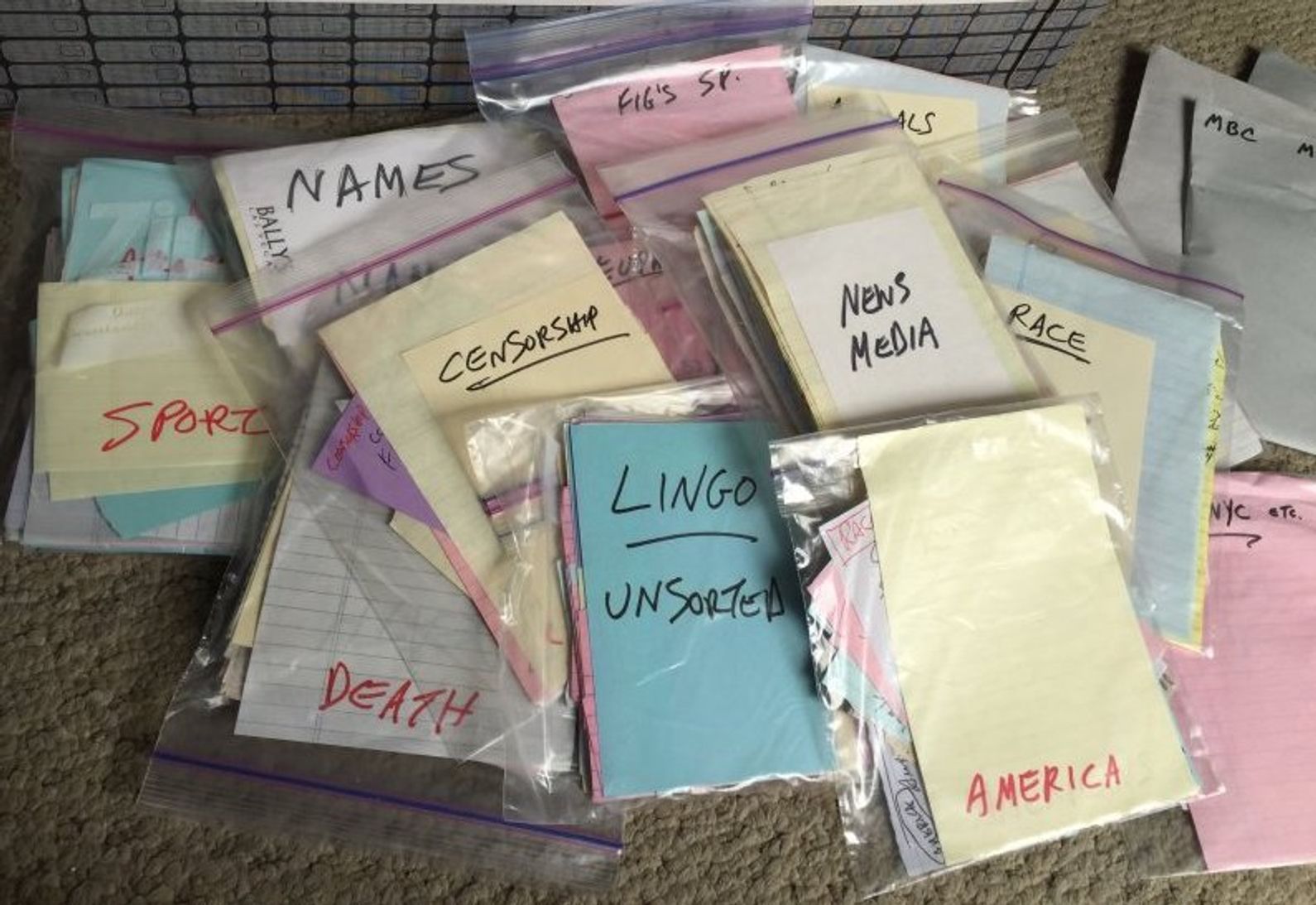Typewriter Video Series Episode 345: Addressing Envelopes by [[Joe Van Cleave]]
- Sep 2024
-
www.youtube.com www.youtube.com
Tags
Annotators
URL
-
- Jan 2023
-
en.wikipedia.org en.wikipedia.org
-
Kakeibo was developed by the Japanese journalist Motoko Hani who published the first Kakeibo in a women's magazine in 1904.[2]
[2] Isak, Christopher (2021-12-16). "Kakeibo: A Guide to Money Management". TechAcute. TechAcute. Retrieved 2021-12-25.
-
Kakeibo (Japanese: 家計 簿, Hepburn: kakei-bo), is a Japanese saving method. The word "kakeibo" can be translated as Household ledger and is literally meant for household financial management. Kakeibos vary in structure, but the basic idea is the same. At the beginning of the month, the kakeibo writes down the income and necessary expenses for the beginning month and decides some kind of savings target. The user then records their own expenses on a daily basis, which are added together first at the end of the week and later at the end of the month. At the end of the month, a summary of the month's spending is written in kakeibo. In addition to expenses and income, thoughts and observations are written in kakeibo with the aim of raising awareness of one's own consumption.[1] Kakeibo can be a finished book or self-made.
There are some interesting parallels with kakeibo and note taking methods. Some have used envelopes to save away their notes in a similar sort of structure.
Link to https://hyp.is/RVP-plQaEe2t_7Pt7pyTgA/www.lrb.co.uk/the-paper/v32/n11/keith-thomas/diary<br /> Historian Keith Thomas used envelopes for storing/maintaining his notes
-
- Nov 2022
-
billyoppenheimer.notion.site billyoppenheimer.notion.site
-
Carlin’s bags of categorized ideas, from the archives of George Carlin

George Carlin kept his slips (miscellaneous scraps of collected paper with notes) sorted by topic name in Ziploc bags (literally that specific brand given the photo's blue/purple signature on the bag locks).
This is similar to others, including historian Keith Thomas, who kept his in labeled envelopes.
Tags
Annotators
URL
-
- Oct 2022
-
-
Periodically, I file them away in old envelopes, devoting a separate envelope to each topic.
Filing notes away in envelopes, while keeping them safely collected together, puts them both out of site and out of mind. It may also take longer to retrieve them and make them less accessible to use and reuse.
-